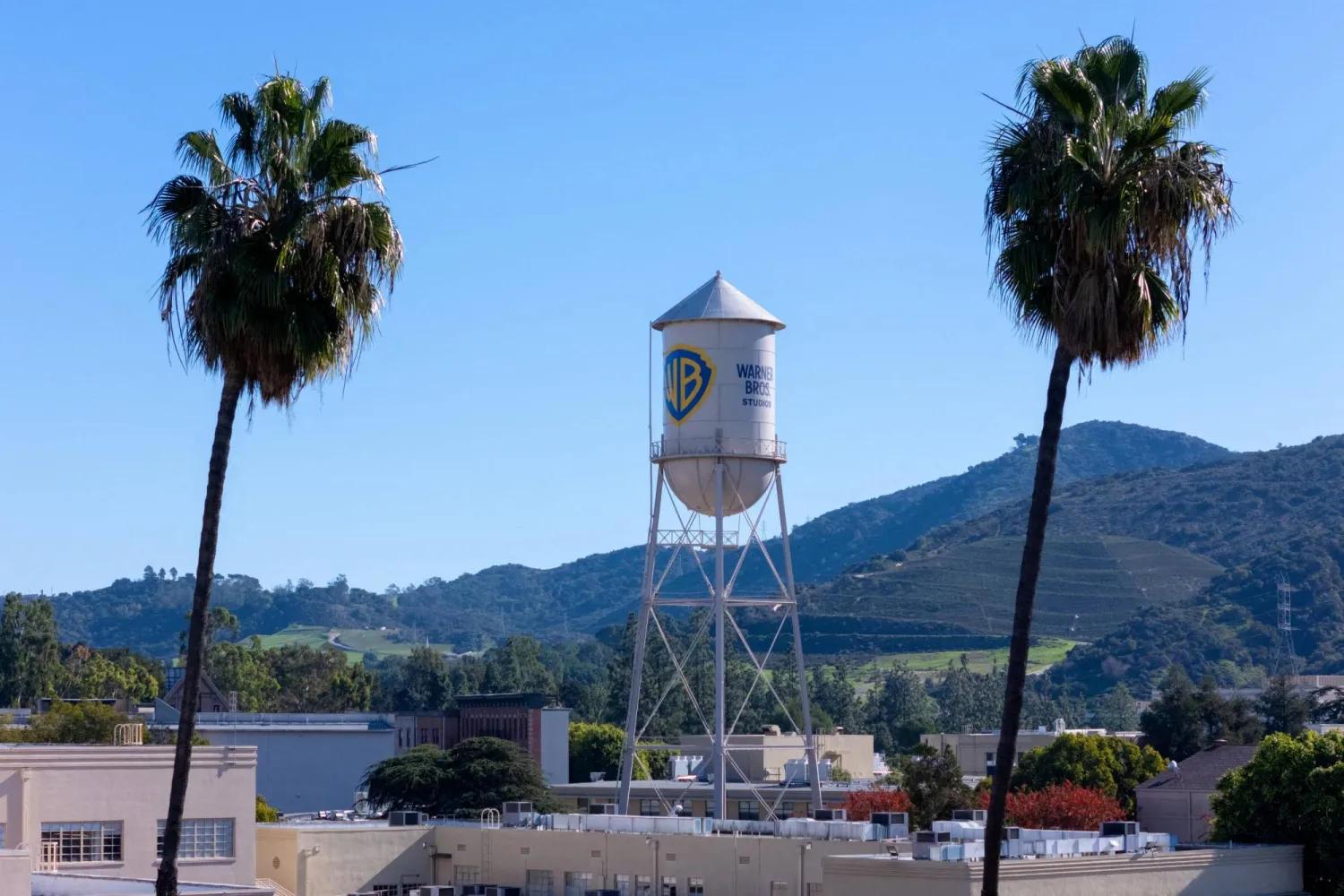In “Scream VI,” the psychotic, knife-wielding serial killer known as Ghostface is set loose on the streets of New York City. Yawn.
The former terror of the fictional California town of Woodsboro has made the cross-country trip to the City That Never Sleeps, bringing his creepy mask, black cloak and impressive supply of daggers. But he's lost in the big city, a slasher made small in his new playground.
No disrespect to Mr. Stabby-Stabby, but New York is where you get screamed at by a deranged hot dog vendor, have fistfights over midtown parking, pay $8 for a pack of gum and find approximately six public bathrooms for 8 million people. Ghostface, dude, up your scare game in the Big Apple. This is the city where Pizza Rat lives. This is a city where middle schoolers have nunchucks.
Despite the change of scenery, “Scream VI” is less a sequel and more a stutter-step, a half-movie with some very satisfying stabbings but no real progress or even movement. It's like treading water in gore. And to fully enjoy this “sequel to the requel,” you need to have watched most of the others.
The four main survivors from the fifth “Scream” are all here a year later — the Carpenter sisters, Sam and Tara (Melissa Barrera and Jenna Ortega) and the smug brother-and-sister duo played by Mason Gooding and Jasmin Savoy Brown. They dub themselves the Core Four. “Survivors got to stick together,” says the brother.
The same directing team of Matt Bettinelli-Olpin and Tyler Gillett return, as well as the writers James Vanderbilt and Guy Busick, who this time layer in some critiques of social media and fame. Courteney Cox is back, too, the last original cast member — or “a legacy,” as she's called — to appear in the franchise. That may not be such a boastable thing.
Sam Carpenter is firmly in the crosshairs of Ghostface — or more than one Ghostface if the pattern persists — and trying to escape her heritage (and notoriety) as the child of an earlier serial killer. Bodies start falling quick. “This isn’t your fault, Sam,” says her sister. “But it is,” replies Sam. And there are some disturbing signs that a latent killer lurks in her heart, too.
The filmmakers have picked quite a canvas — and wasted it. Unlike the “John Wick” franchise, the folks at “Scream VI” seem overawed by the city they've landed in. We expected Ghostface to slice Elmos in Times Square. We wanted finance bros in puffy vests and Brooklyn hipsters with weird facial hair to bleed. We wanted smugly rich Upper East Siders with tiny dogs to get splattered. Instead, the city seems to humble Ghostface, making him just another easy-to-ignore tourist overpaying for knock-off purses on the street.
There are fight scenes in a bodega and in a luxury apartment on the Upper West Side, but perhaps the best New York sequence is on a crowded subway train, where Ghostface is stalking in plain sight. The film is set around Halloween and so the train is packed with creepy dudes, tweaked-out college kids and masked marauders — in other words, a regular Tuesday. Anyone who has ridden the New York City subway in the past three years wouldn't even flinch at Ghostface. They might even cough up a dollar for him to go away.
The sequel sticks with the formula of folding in on itself, mocking in a meta way the horror conventions it itself helped build. “We're in a franchise!” one of the Core Four explains and, indeed, “Scream VI” opens with a film professor yammering on about cliched movie tropes and ends with fight-for-your-lives slash-a-thon at a disused movie theater. And so at the conclusion, we must limp on to the next sequel, with no end in sight, and hearing the city loudly mocking anyone foolish enough to try to come and scare it.









